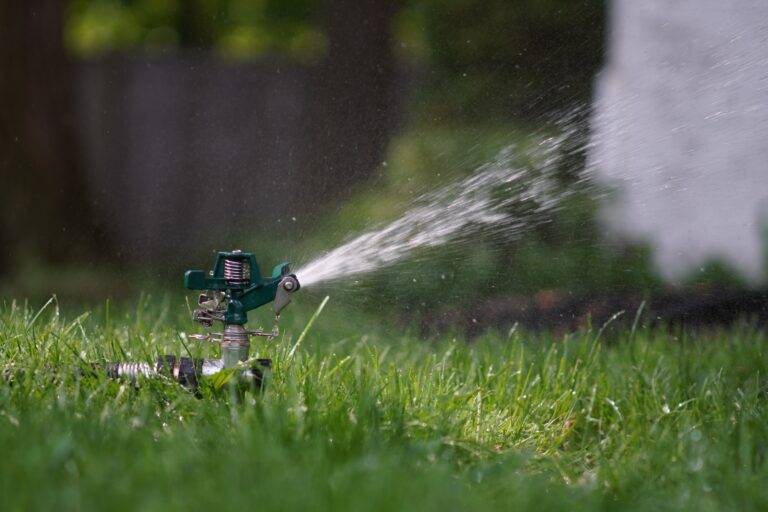
Maintaining a lush, green lawn requires proper watering, and selecting the right sprinkler system is crucial for any homeowner or landscaper.
Two popular options are wet and dry sprinkler systems, each with its own set of advantages and considerations. In this blog, we’ll explore the differences between wet and dry sprinkler systems in the context of lawn care to help you make an informed decision for a healthier, more vibrant lawn.
Wet Sprinkler Systems
Wet sprinkler systems are the more traditional and common choice for residential lawns. These systems are characterized by a pipe network that is always filled with pressurized water. When the sprinkler system is activated, water is immediately released through the sprinkler heads to irrigate the lawn.
Advantages
- Quick Response: Wet systems respond rapidly to the need for watering. Since water is always present in the pipes, there is no delay in delivering moisture to your lawn.
- Simple Design: Wet sprinkler systems tend to have a simpler design, making them easier to install and maintain. This simplicity can also translate to cost savings.
- Ideal for Small Lawns: Wash sprinkler systems are often the more practical choice for smaller lawns or residential properties.
Considerations
- Freezing Concerns: One drawback of wet systems is their vulnerability to freezing temperatures. In colder climates, the water in the pipes can freeze, potentially causing damage to the system.
Dry Sprinkler Systems
On the other hand, dry sprinkler systems are designed to prevent freezing by keeping water out of the pipes until the system is activated. These systems are typically recommended for larger properties or areas where freezing temperatures are a concern.
Advantages
- Freeze Protection: The most significant advantage of dry sprinkler systems is their ability to resist freezing. Keeping water out of the pipes makes these systems less susceptible to cold weather damage.
- Versatility: Dry systems are often more versatile and can be adapted to various environments, making them suitable for larger lawns or commercial landscapes.
Considerations
- Activation Time: Since dry systems need to fill the pipes with water before they can start irrigating, there is a delay in response time compared to wet systems. This delay can affect watering efficiency, especially during sudden weather changes.
- Complexity: Dry sprinkler systems tend to be more complex than wet systems in terms of design and installation. This complexity can result in higher upfront costs and potentially increased maintenance requirements.
